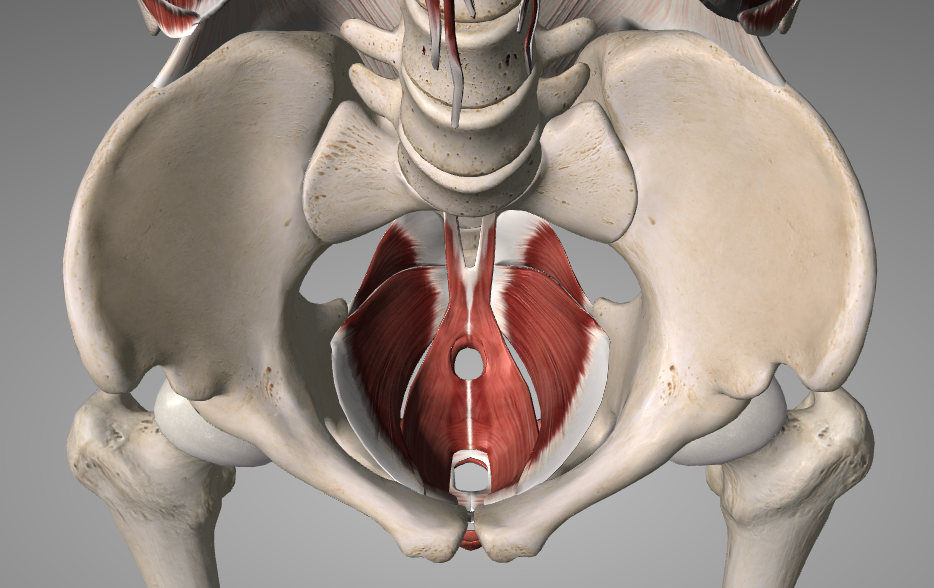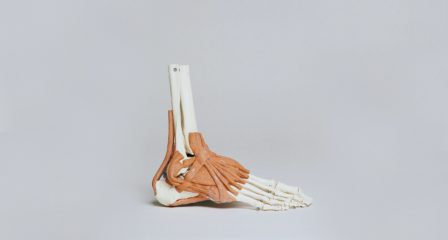The pelvic floor is a group of muscles that must work correctly to ensure normal movement and function throughout many movements and activities. Pelvic floor dysfunction doesn’t only affect postpartum women; it is a common cause of pain and dysfunction and can contribute to many injury profiles in the general population… This also includes men! At The Injury Clinic, we often find pelvic floor dysfunction is a major factor in many of the injuries we commonly see.
DID YOU KNOW…
- Men have a pelvic floor. It is there to support the bladder and bowel.
- Nearly 1.4million boys and men in Australia live with incontinence – it is far more common than you think!
- In women, the pelvic floor supports the bladder, bowel and uterus.
- The pelvic floor is made up of several pairs of small muscles that all have their own specific function; it isn’t just one muscle. It also includes the bones of the pelvis, fascia and neural tissue.
- ‘Pelvic floor dysfunction’ doesn’t necessarily mean you struggle with incontinence or have a pelvic organ prolapse. There are many subtle signs and symptoms that can indicate you have a dysfunctional pelvic floor.
THE PELVIC FLOOR
The pelvic floor muscles work to stabilise the joints they attach to, which are the pubic symphysis at the front and coccyx posteriorly. The muscles also attach through the inside ‘rim’ of the pelvis, which forms the ‘floor’ of the pelvis.
When we look at the pelvis and pelvic floor, we also have to consider the muscles that pass through the pelvic bowl or attach onto the pelvis. These include the:
- Abdominal muscles which also attach onto the pubic symphysis and top of the pelvis,
- Anterior hip muscles, with particular note of the iliacus and psoas which both run through the inside of the pelvis,
- Glute & posterior hip muscles, with particular note of the obturator internus which acts both on the hip and can help support the pelvic floor muscles in some cases.
This means that the pelvic floor can contribute to painful presentations in the glutes, hip, groin, abdomen, lower limb and lower back. While it may seem a bit far fetched to think the pelvic floor may contribute to an ankle or knee injury, it is thought up to 2.5x our bodyweight of force can be transferred through the pelvic floor while running. If the pelvic floor isn’t able to tolerate this force, the load is likely to be shifted elsewhere.
WHO IS AT RISK OF PELVIC FLOOR DYSFUNCTION?
- Elite athletes particularly those who put a higher load through their pelvic floor such as runners, gymnasts, trampolinists.
- Women who are pregnant, or had a baby. This means at any stage post partum, not necessarily just the first weeks or months after delivering.
- Men who have had prostate surgery.
There are other additional factors that may increase the risk of developing problems or dysfunction with the pelvic floor. These include but are not limited to:
- Heavy lifting on a regular basis (either with work or at the gym),
- A chronic cough or sneeze,
- Ongoing constipation (ie. regularly pushing/straining to empty your bowels),
- A history of back pain,
- A previous trauma to the pelvic region (ie fall or pelvic radiotherapy),
- Being overweight or obese.
SIGNS OF PELVIC FLOOR DYSFUNCTION
The most common signs of pelvic floor dysfunction include:
- Pain in the pelvic region.
- Accidentally leaking urine.
- This may be during exercise, when laughing, coughing or sneezing.
- It is also common to leak unexpectedly or accidentally lose control.
- Accidentally losing control of your bowel.
- Accidentally passing wind.
- Having an increased urgency to empty either your bladder or bowel.
- Finding it difficult to empty your bladder or bowel.
- Having an increased urinary frequency.
- In women, a heaviness, pull, drag, drop through the pelvic floor or a bulge in the vagina.
- In men, the feeling of a bulge through the rectum or feeling as though you need to move your bowels but not actually needing to go.
- Pain with intercourse.
WHAT CAN BE DONE?
The most important thing to know when it comes to pelvic floor dysfunction is that it can most commonly be fixed with the correct treatment. This treatment is usually conservative and conducted by a Physiotherapist who has specialised in the treatment of pelvic floor dysfunction. While it is common to feel uncomfortable or embarrassed when discussing bladder, bowel and sexual habits, it’s important to remember that it is a normal part of every consult for those who specialise in pelvic floor function.
The pelvic floor has a unique function and pattern of activation which is both incredibly important and difficult to assess. Due to the unique nature, it is difficult to activate your pelvic floor in the correct way – it operates very differently to your bicep for example! This makes the exercises incredibly difficult to teach without proper assessment of learn from reading something online. For this reason, at The Injury Clinic we normally refer to someone who specialises in the management of pelvic floor dysfunction if we feel this would assist in the management of their injury or symptoms.
IN SUMMARY…
The pelvic floor is a complex group of muscles, tendons, ligaments, bones, nerves and fascia that form the base of the pelvis. It is incredibly difficult to activate without proper instruction which is why we often refer to specialist Physiotherapists. If you would like more information, or for information on who to see in Geelong, please do not hesitate to contact us on (03) 5229 3911 or email info@theinjuryclinic.com.au.
RESOURCES
Pelvic Floor First
https://www.pelvicfloorfirst.org.au/
Continence Australia



